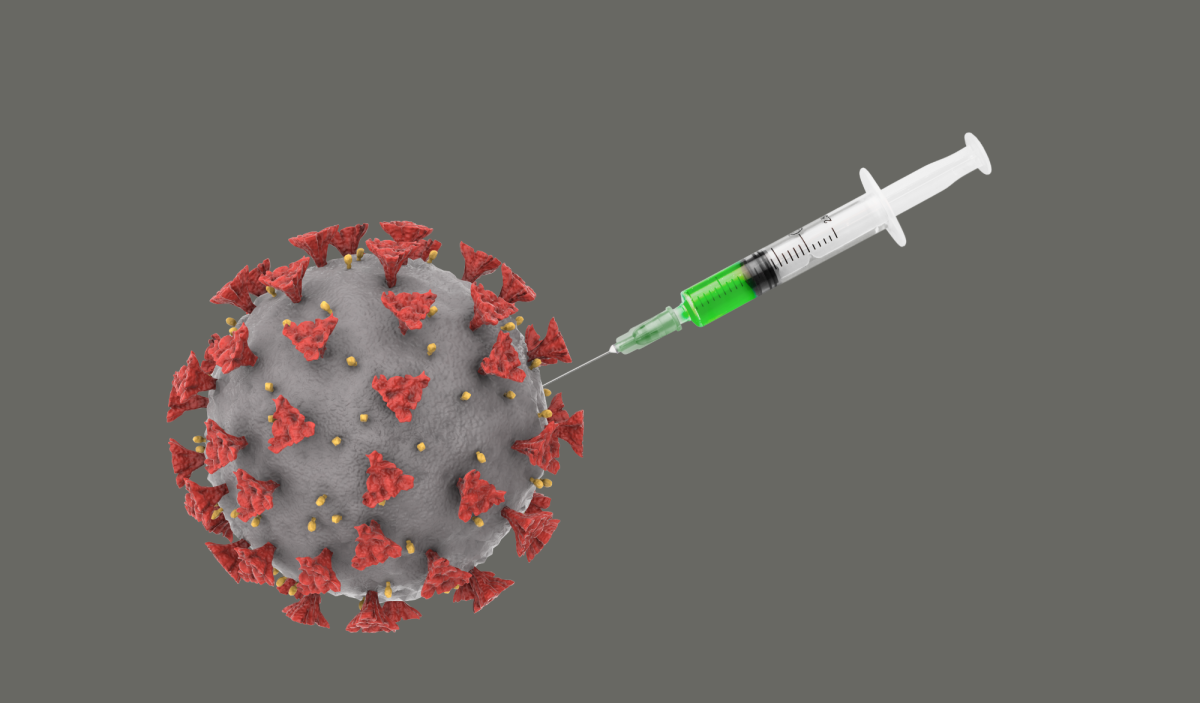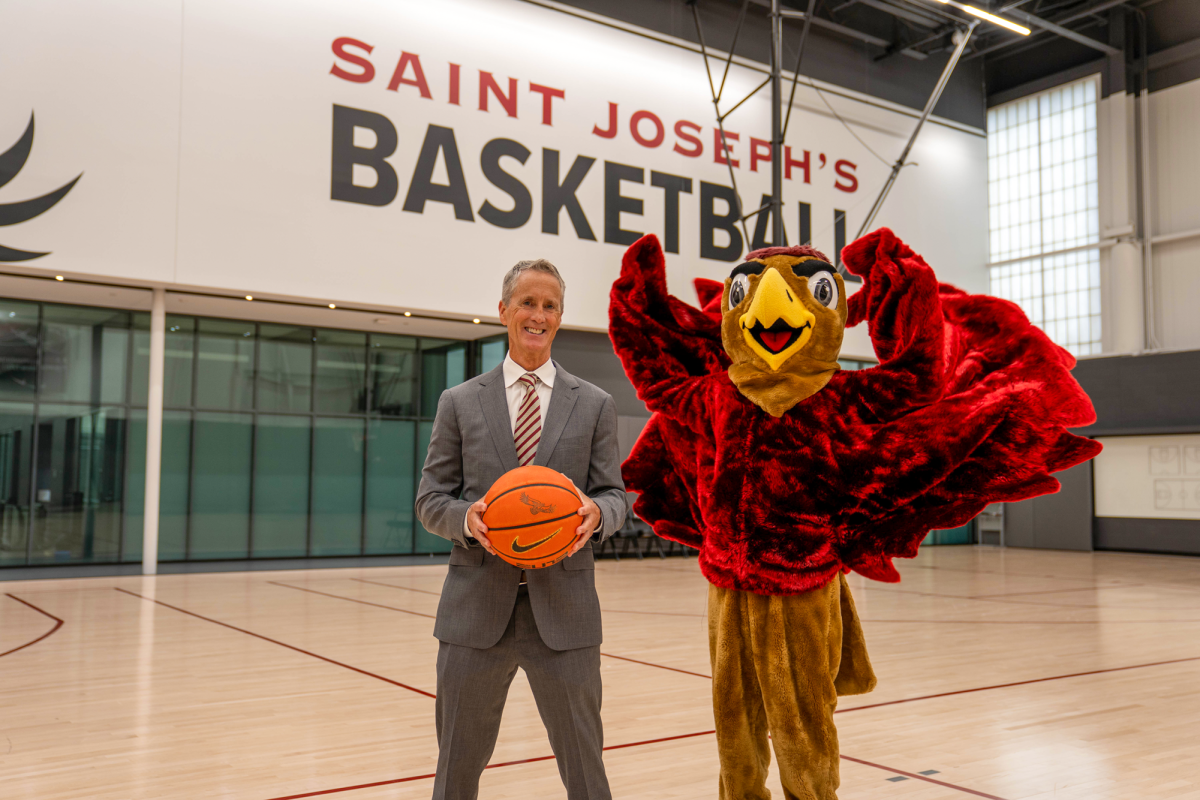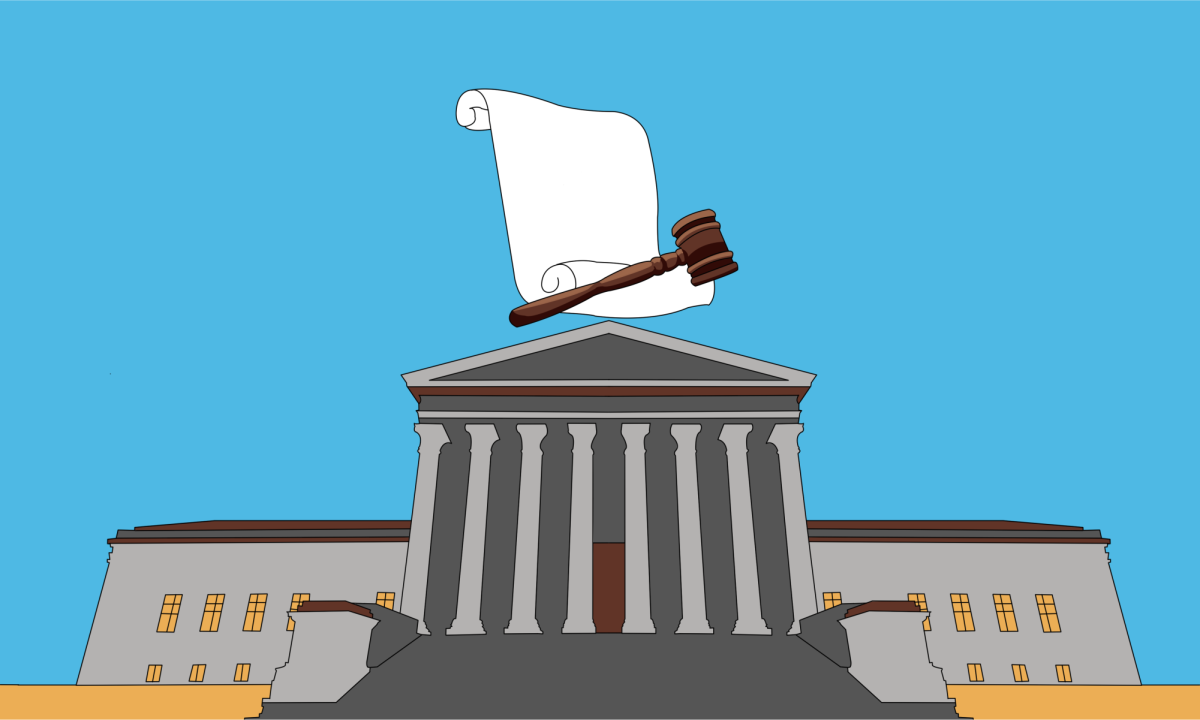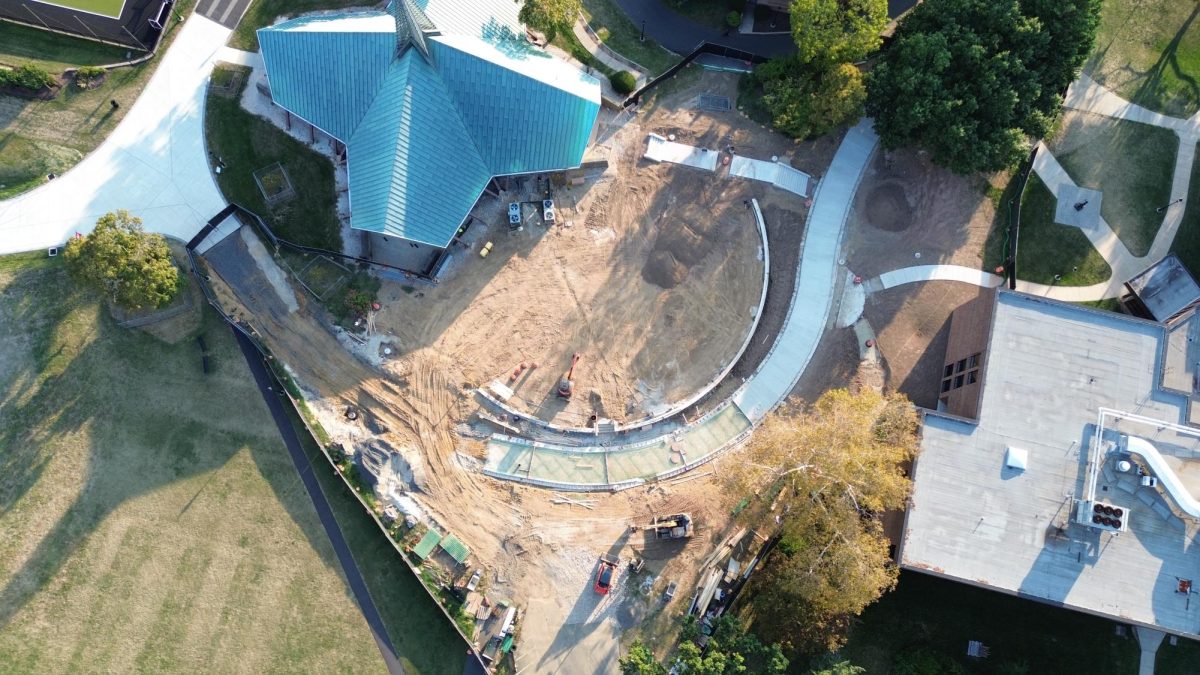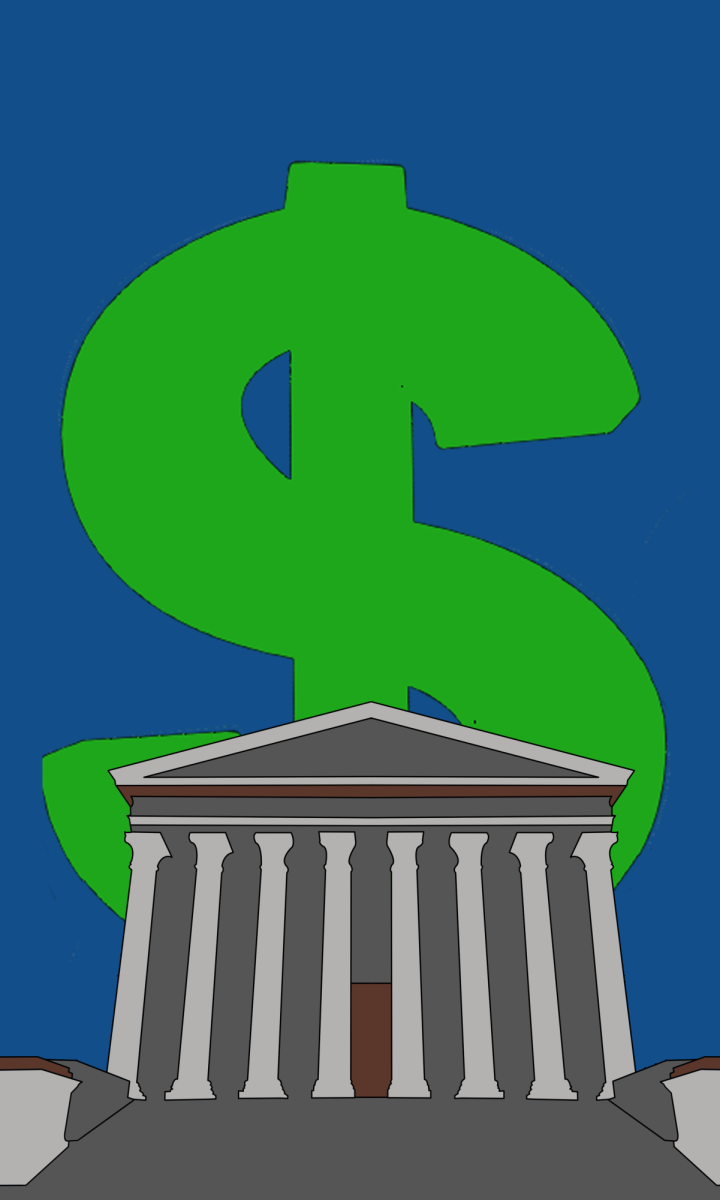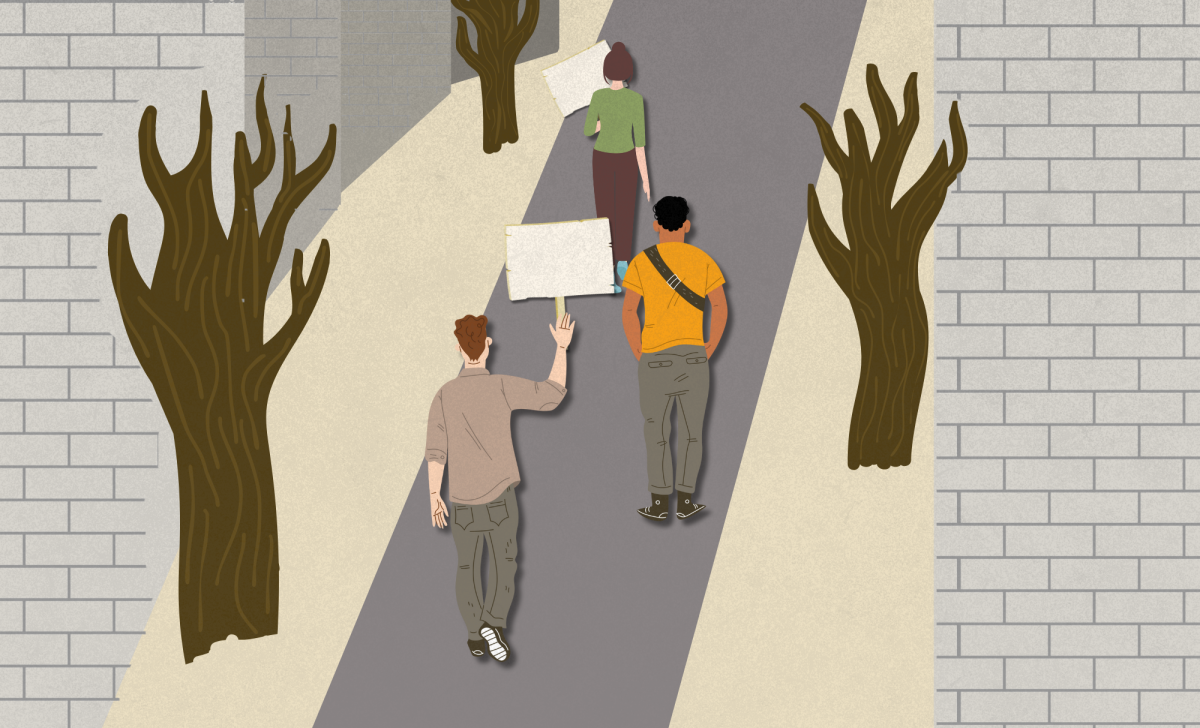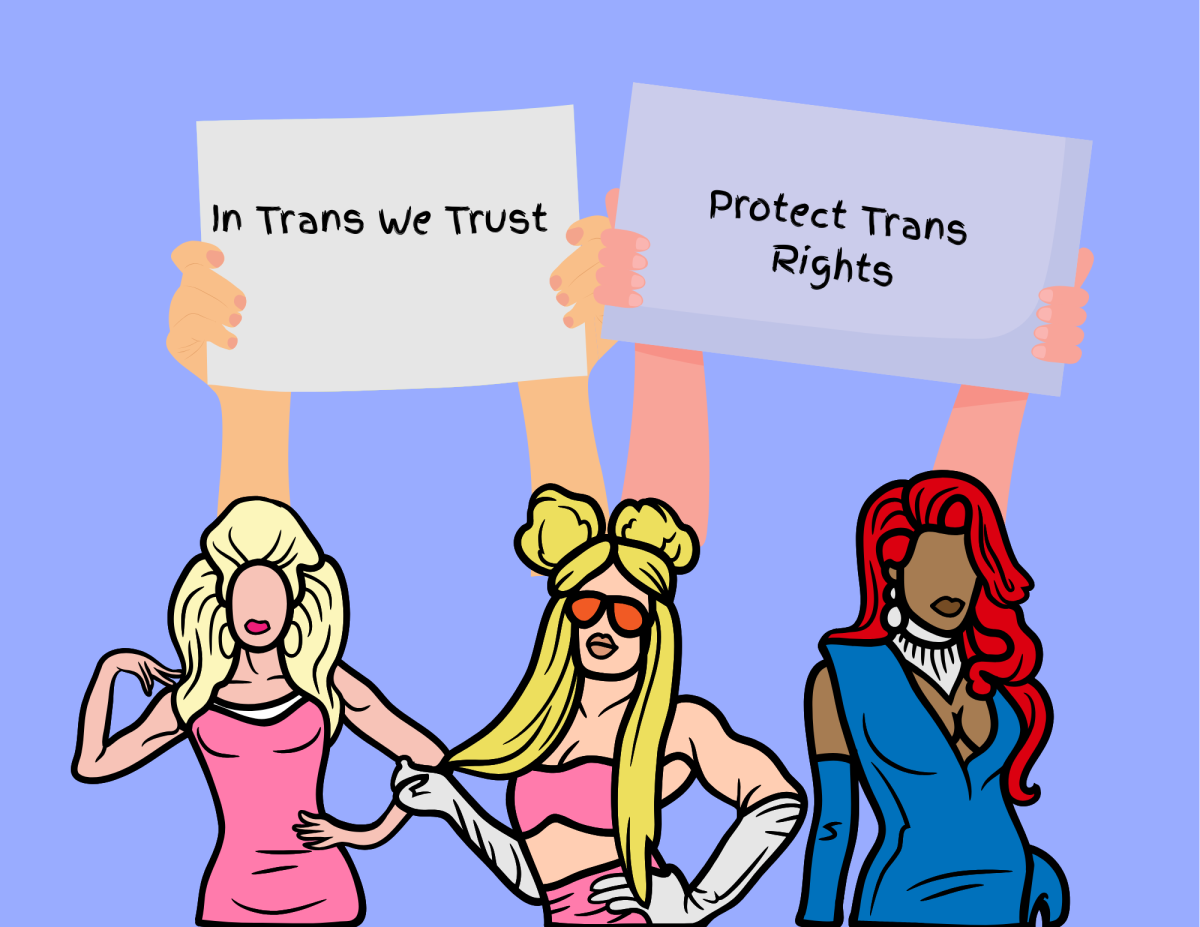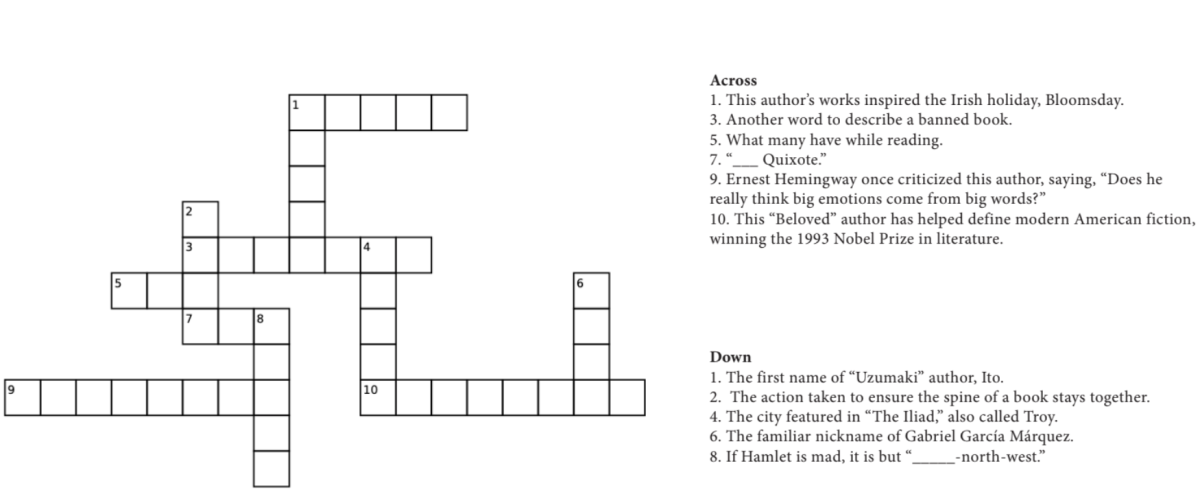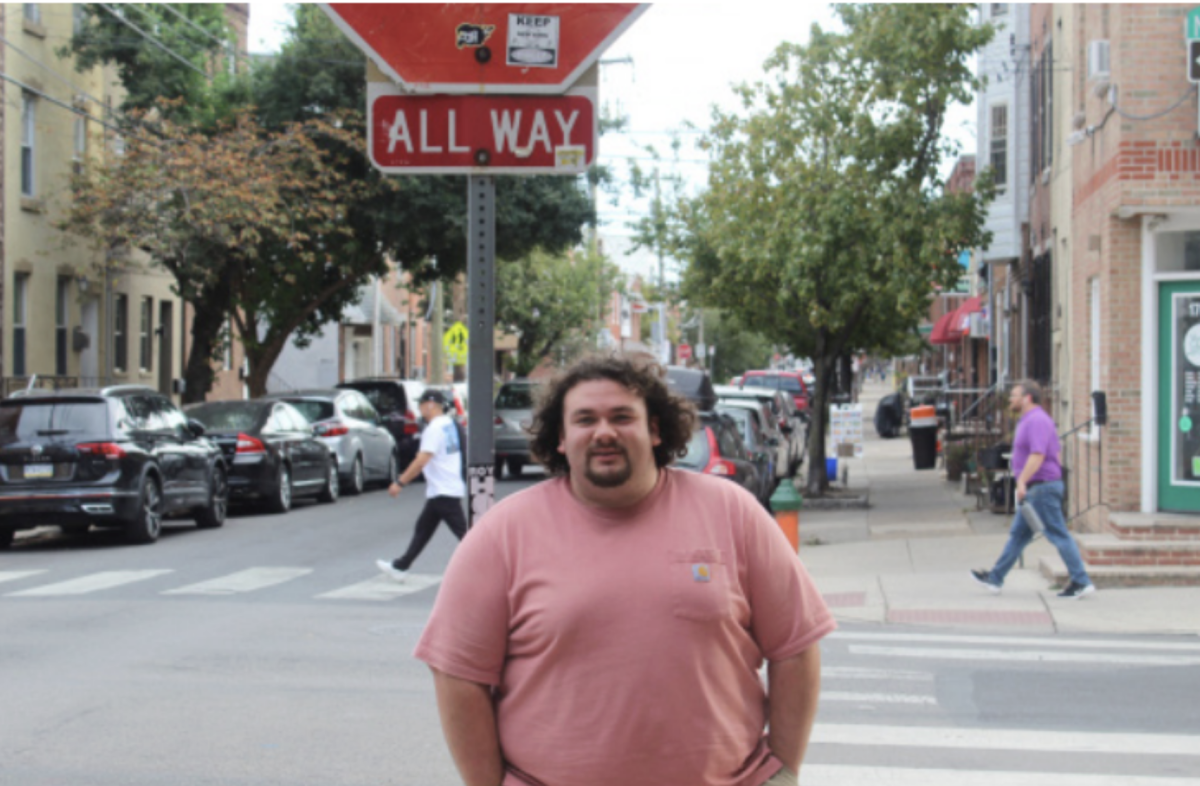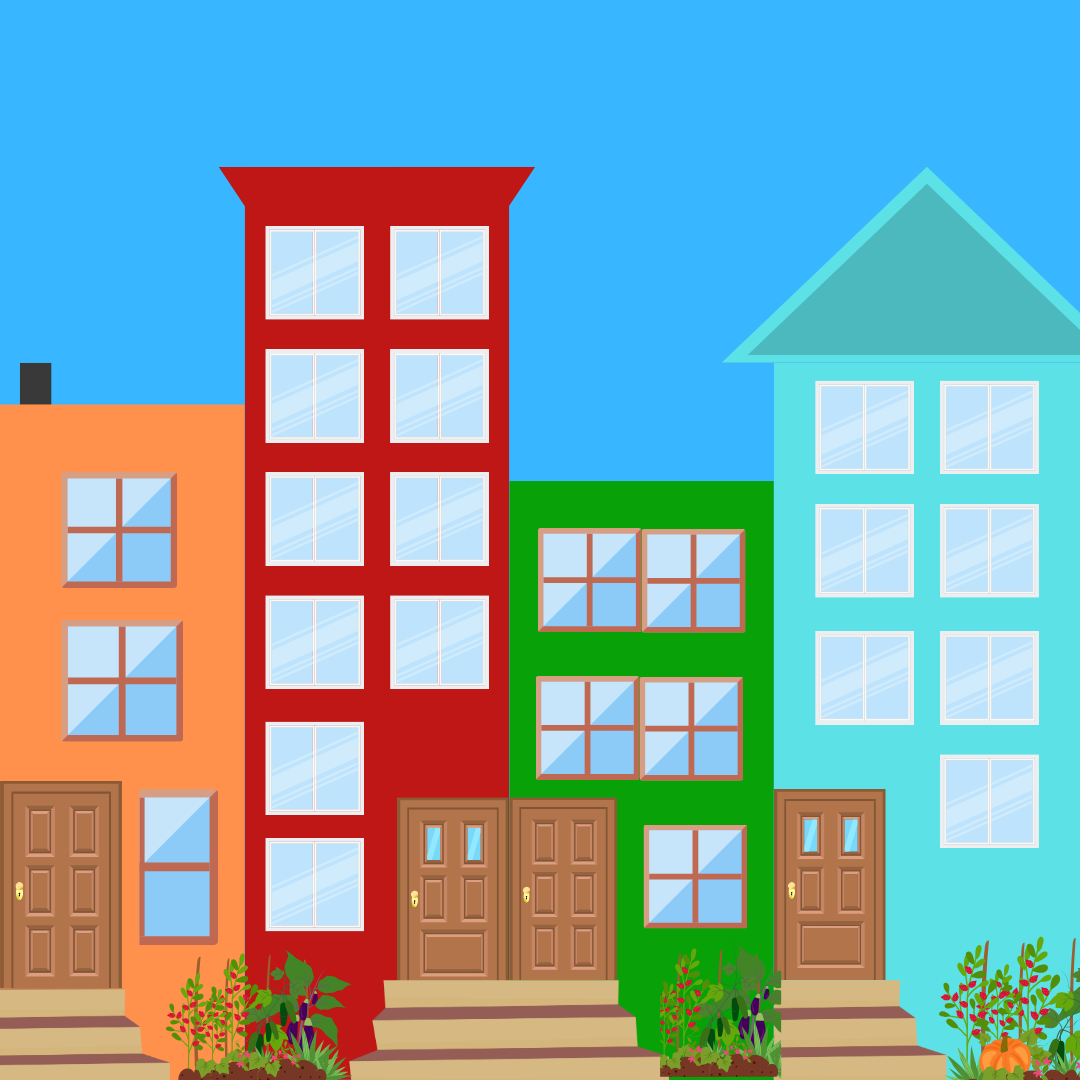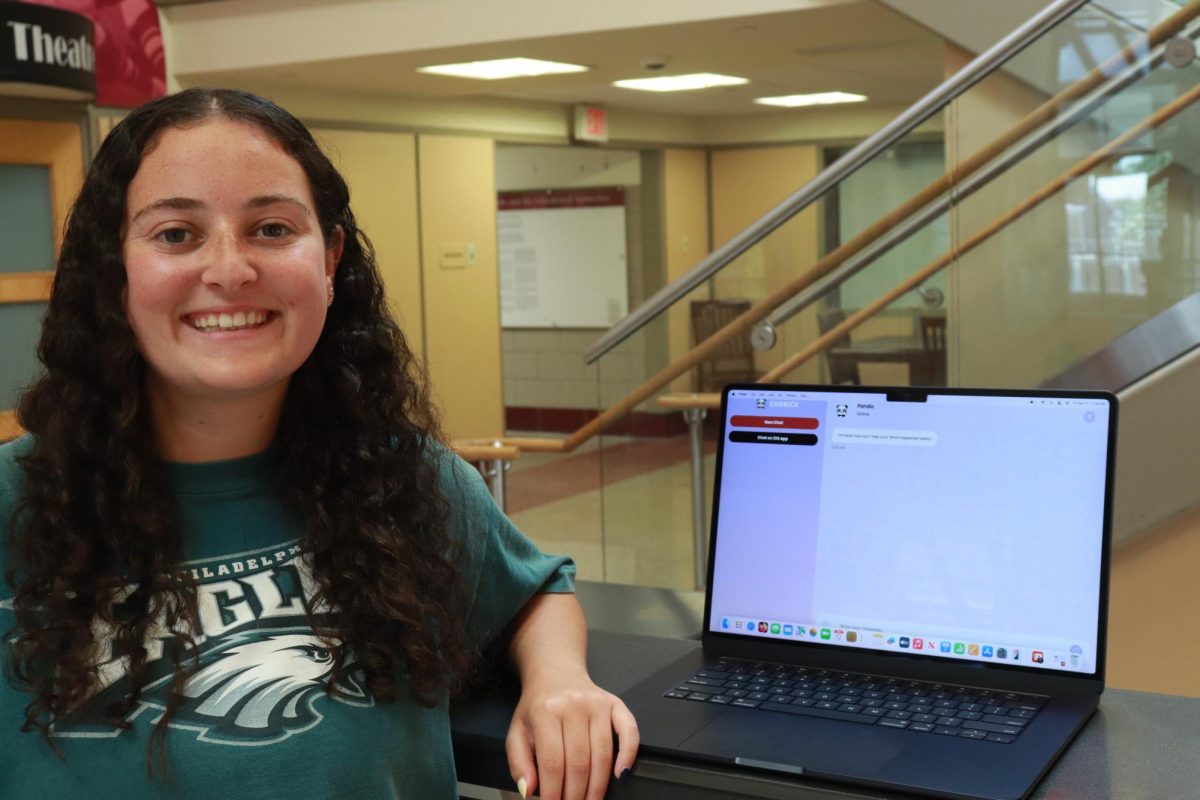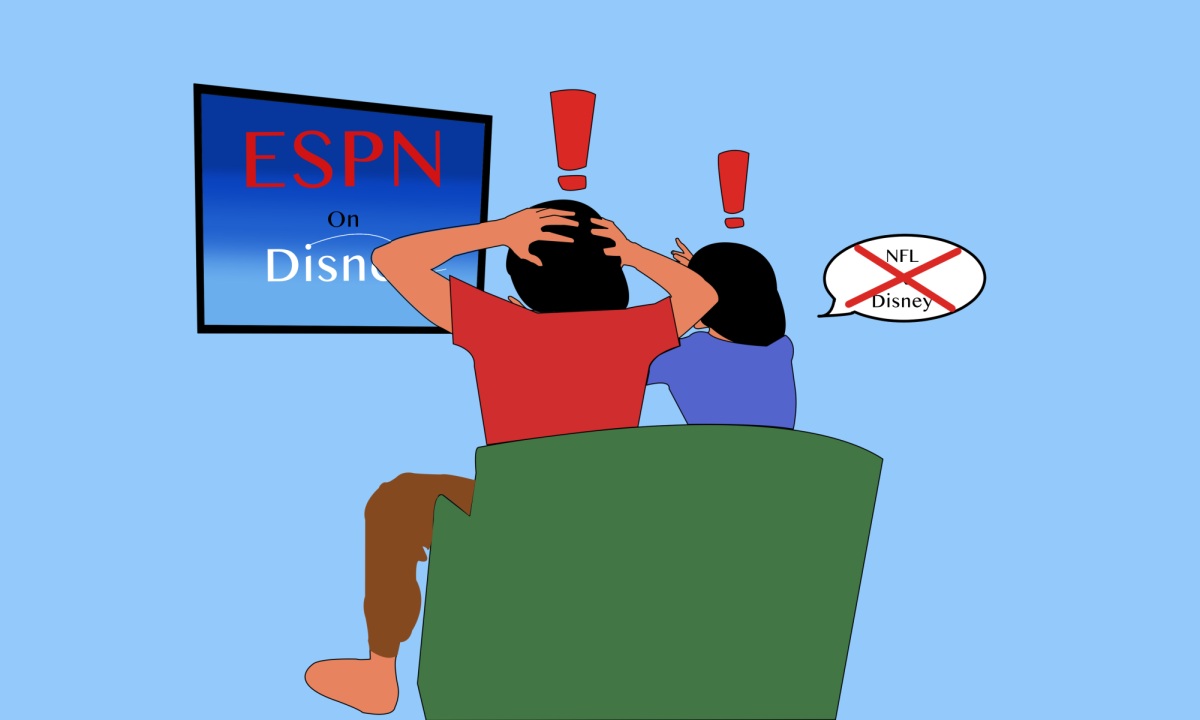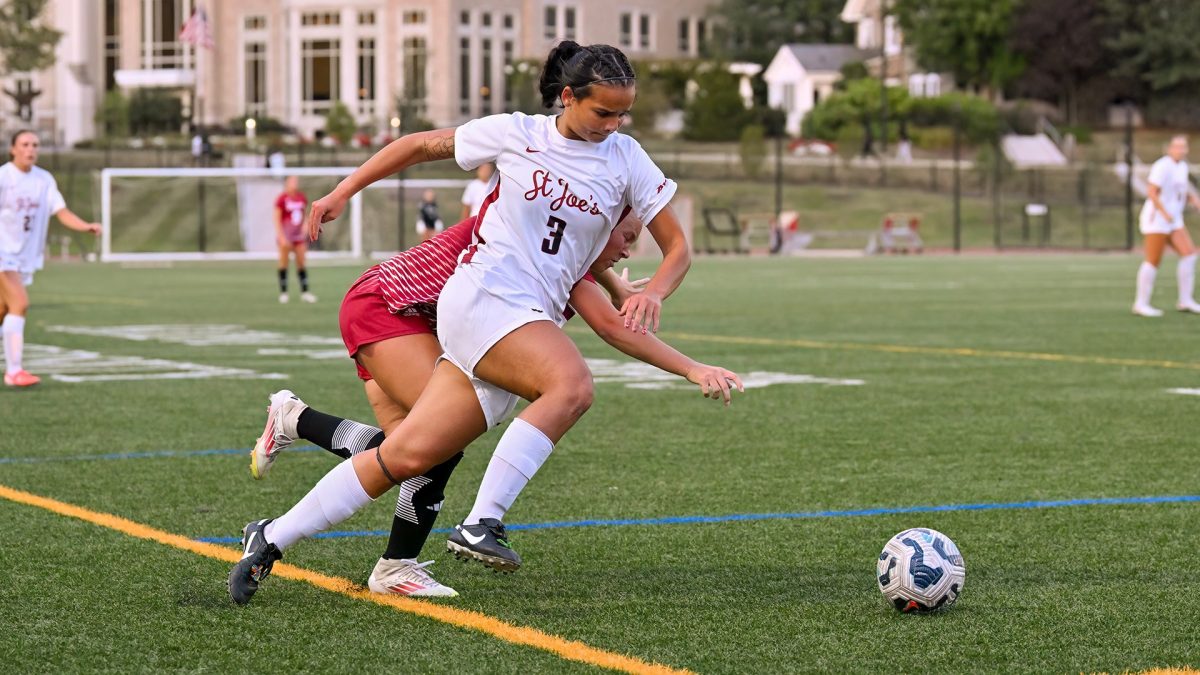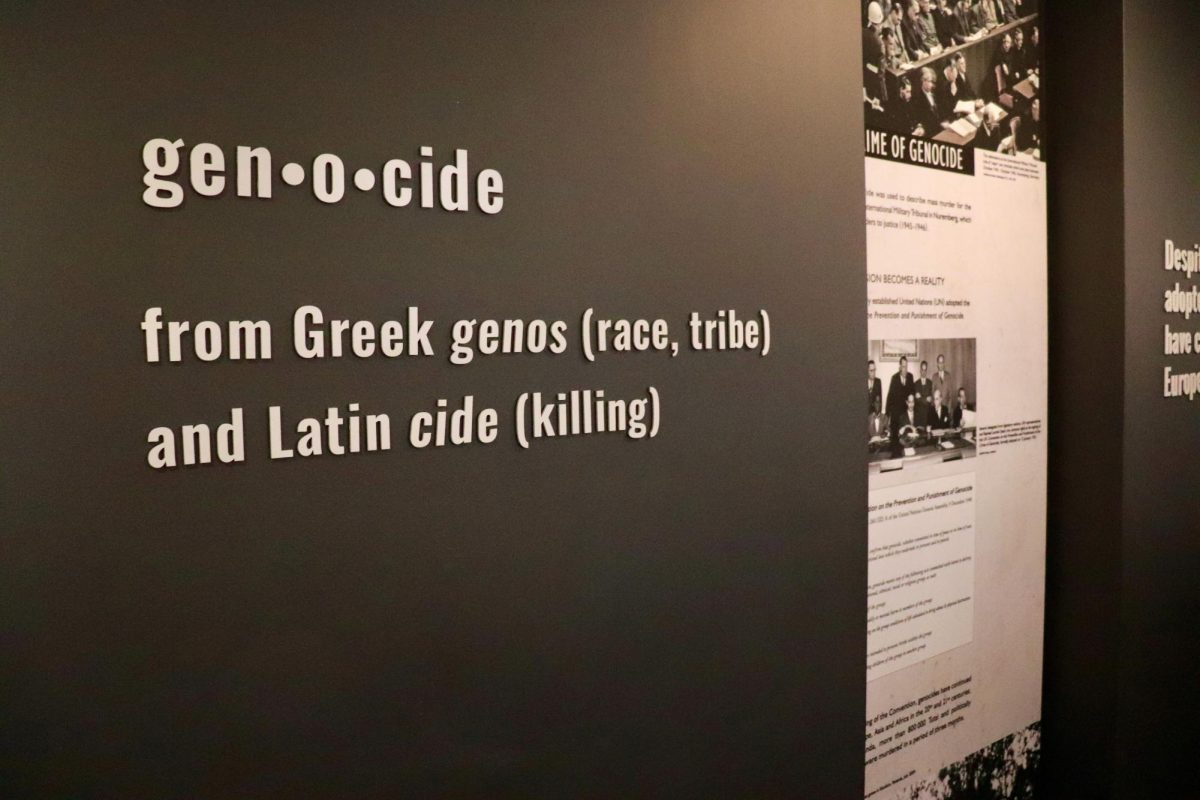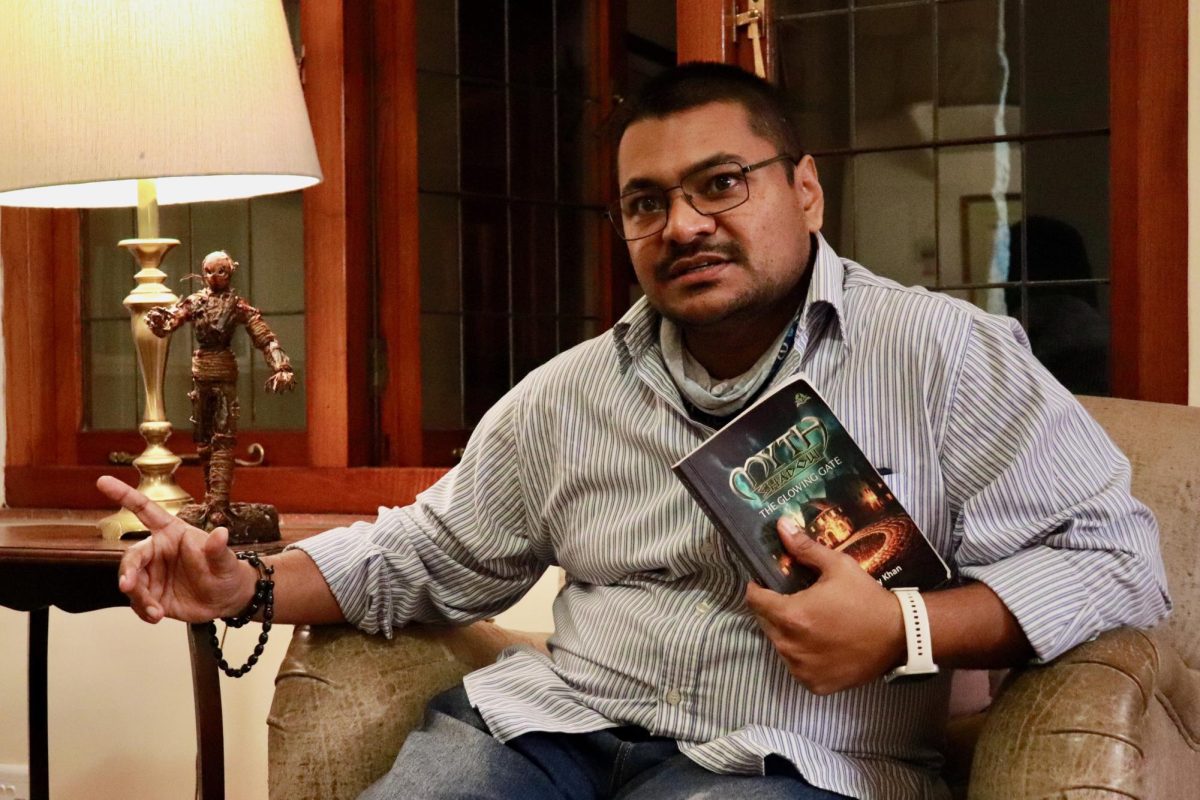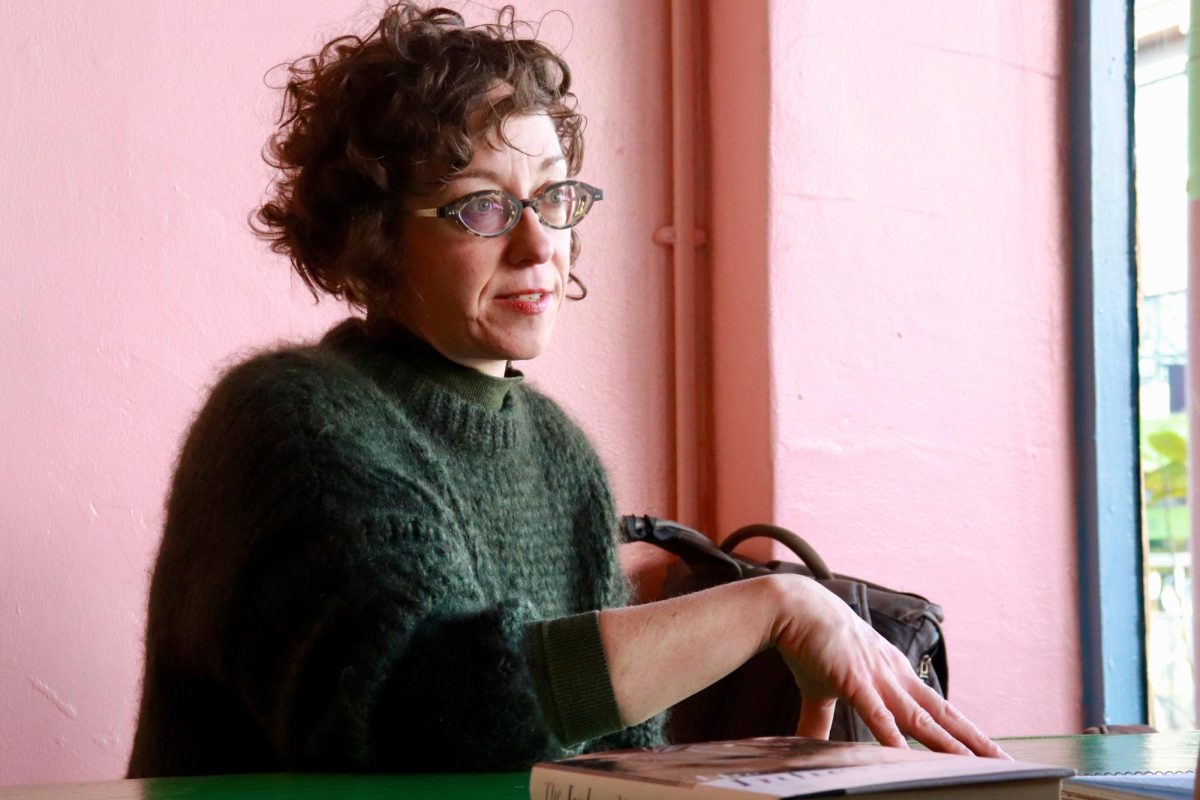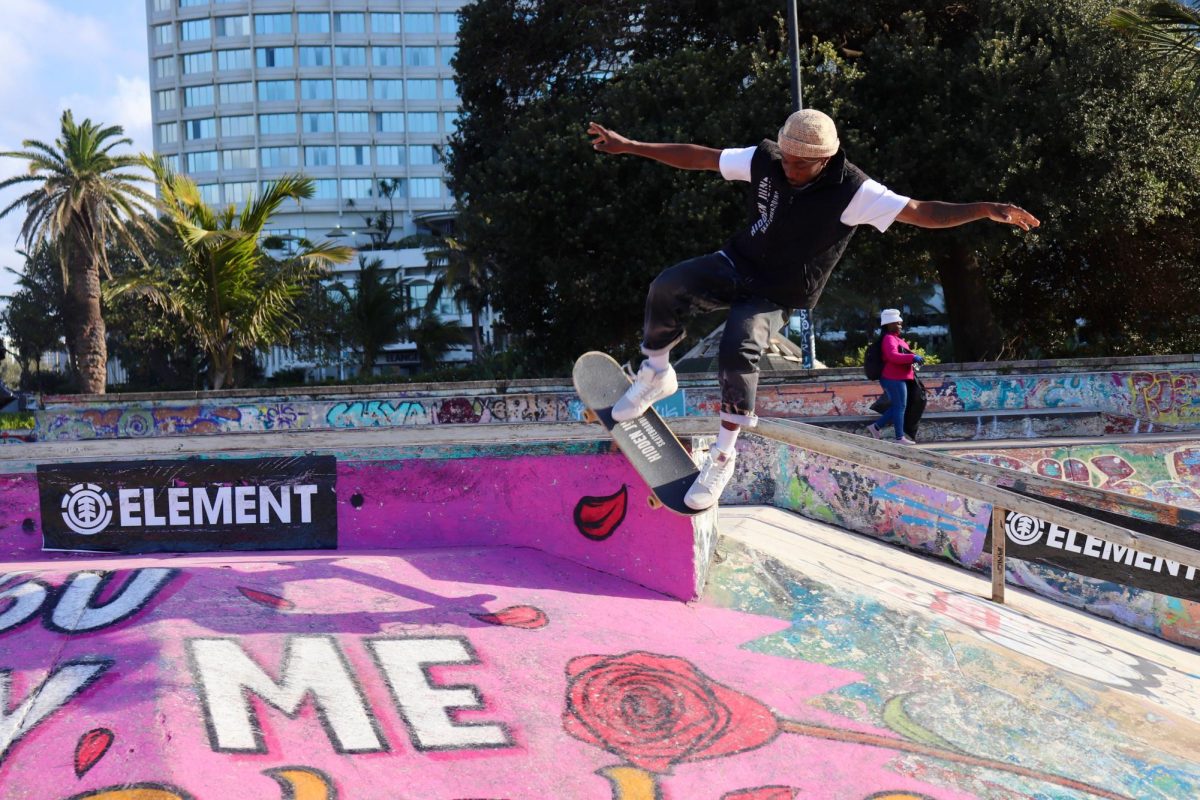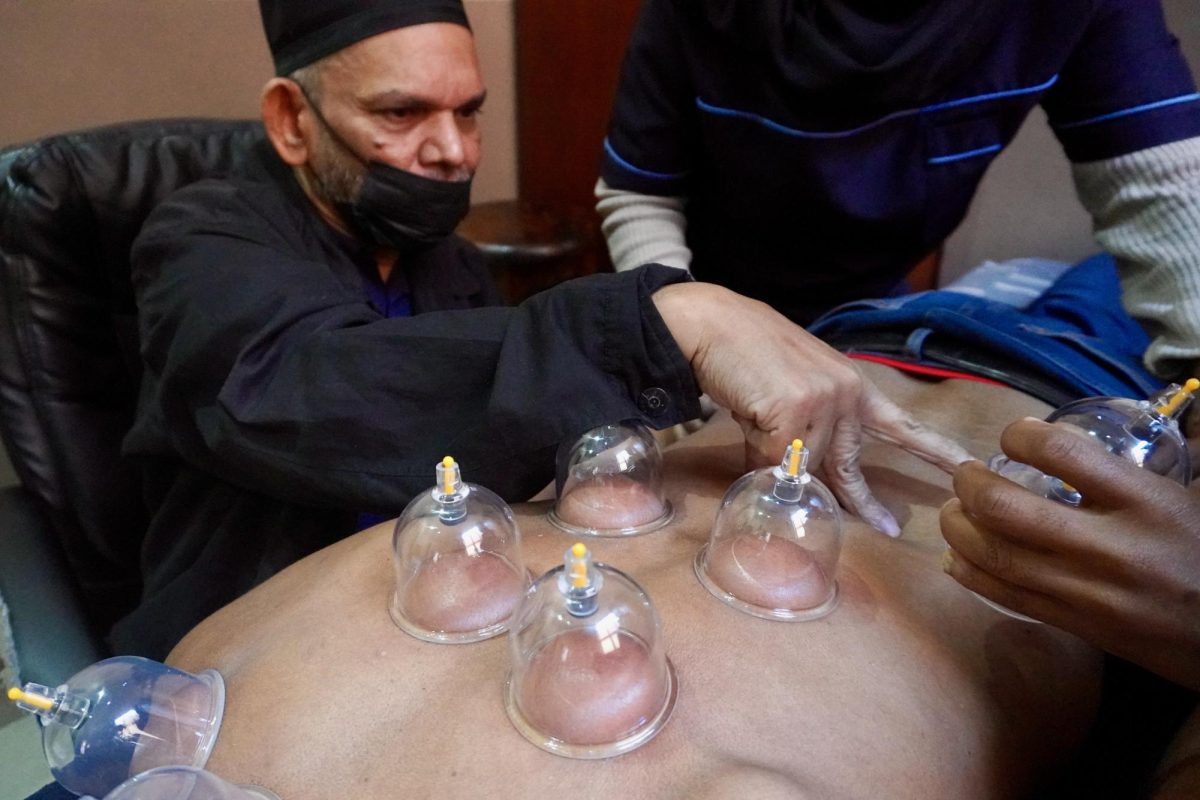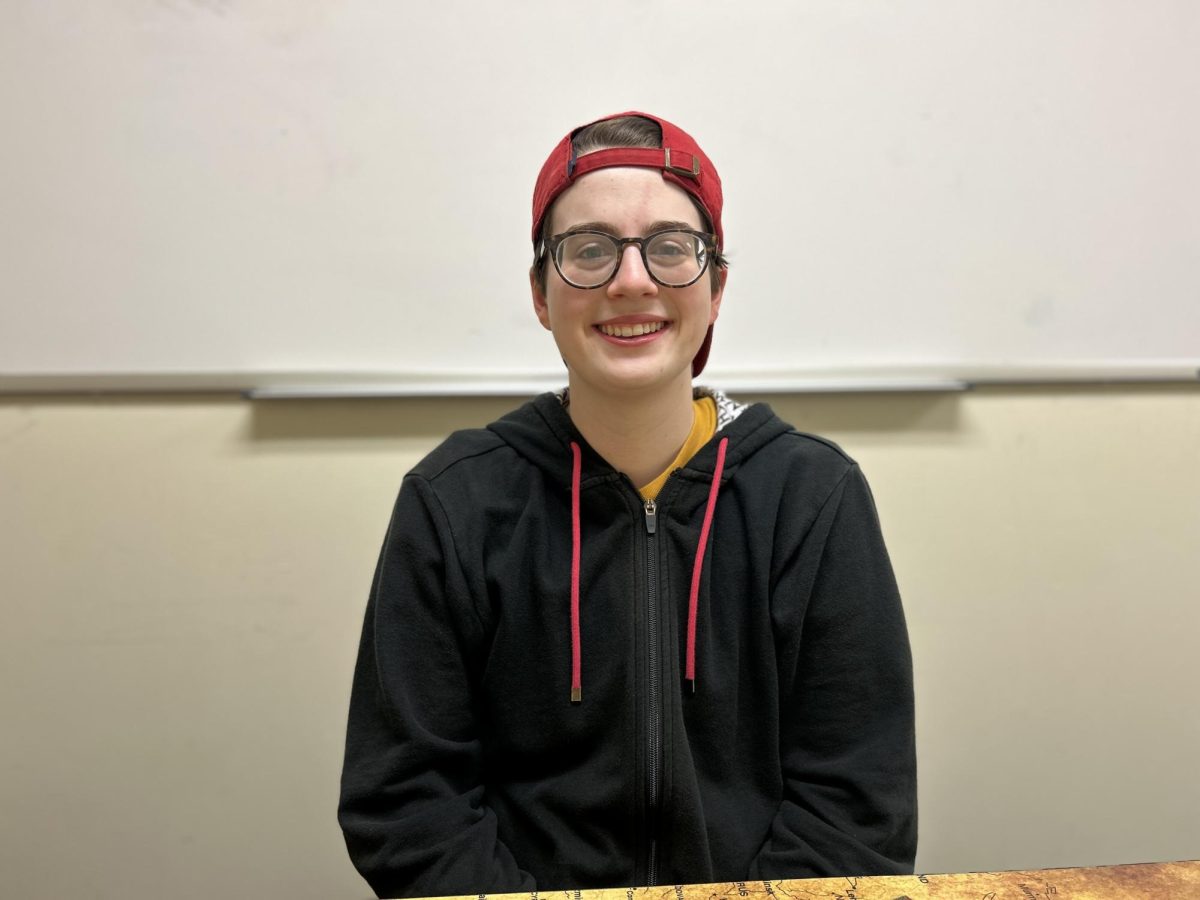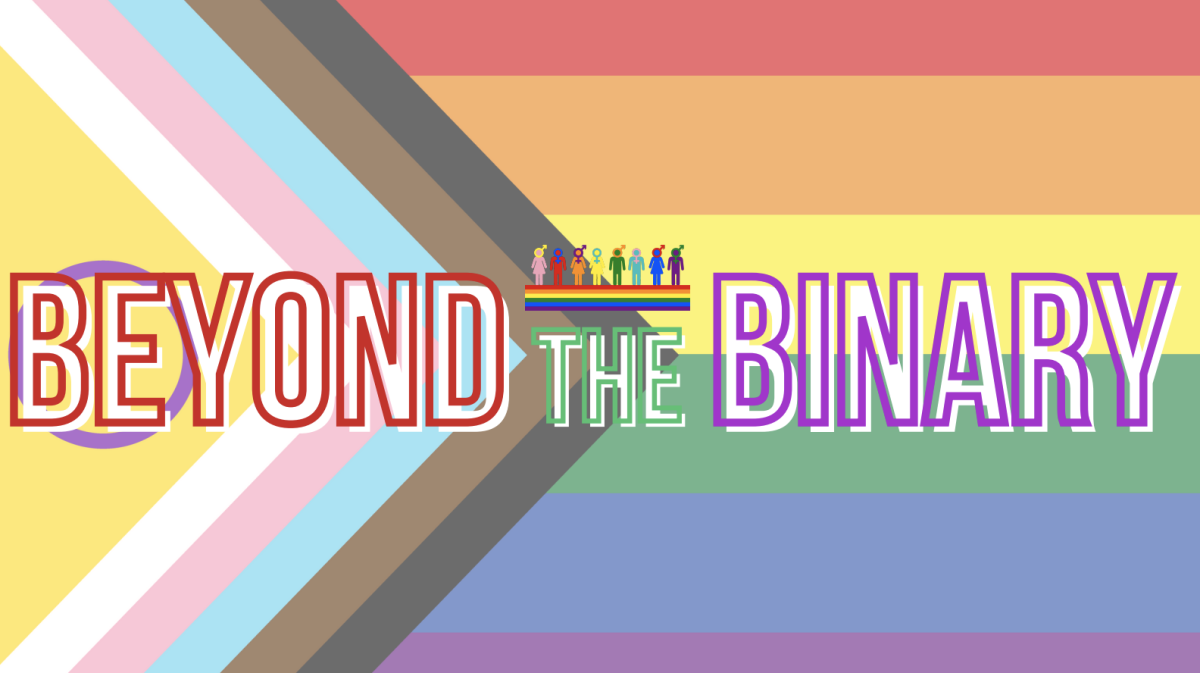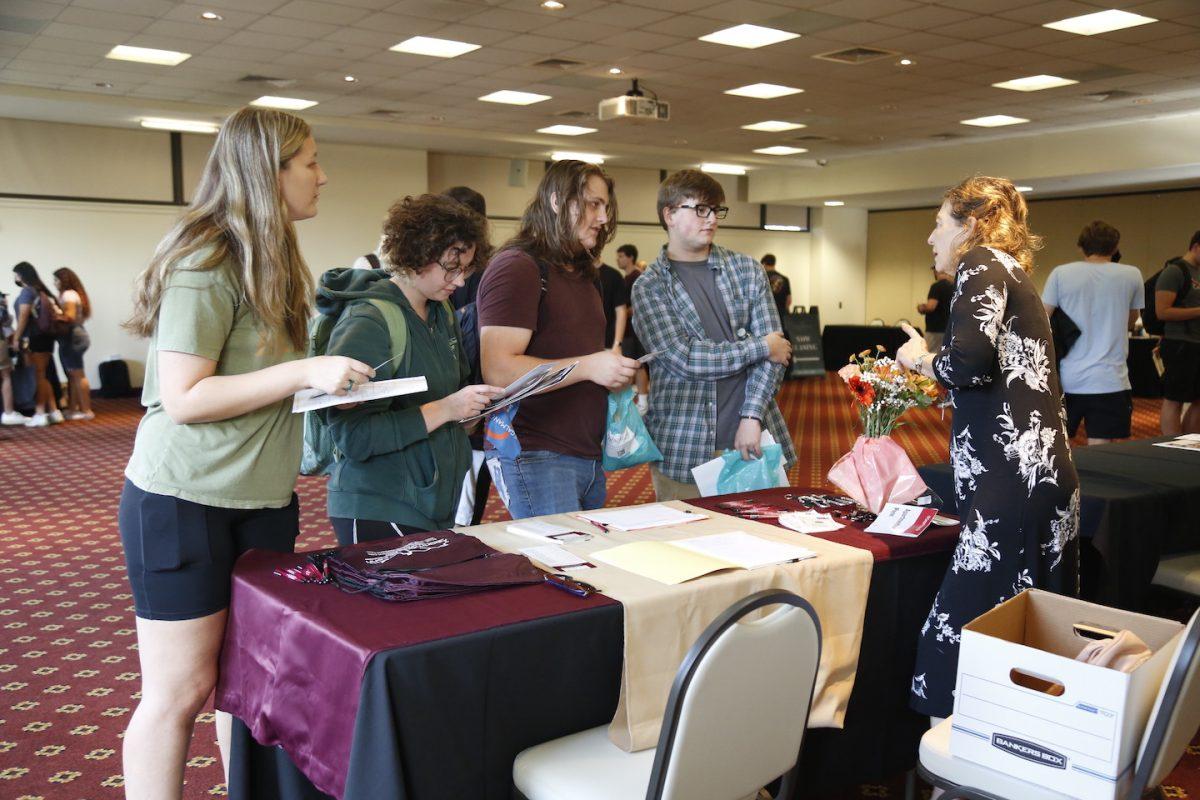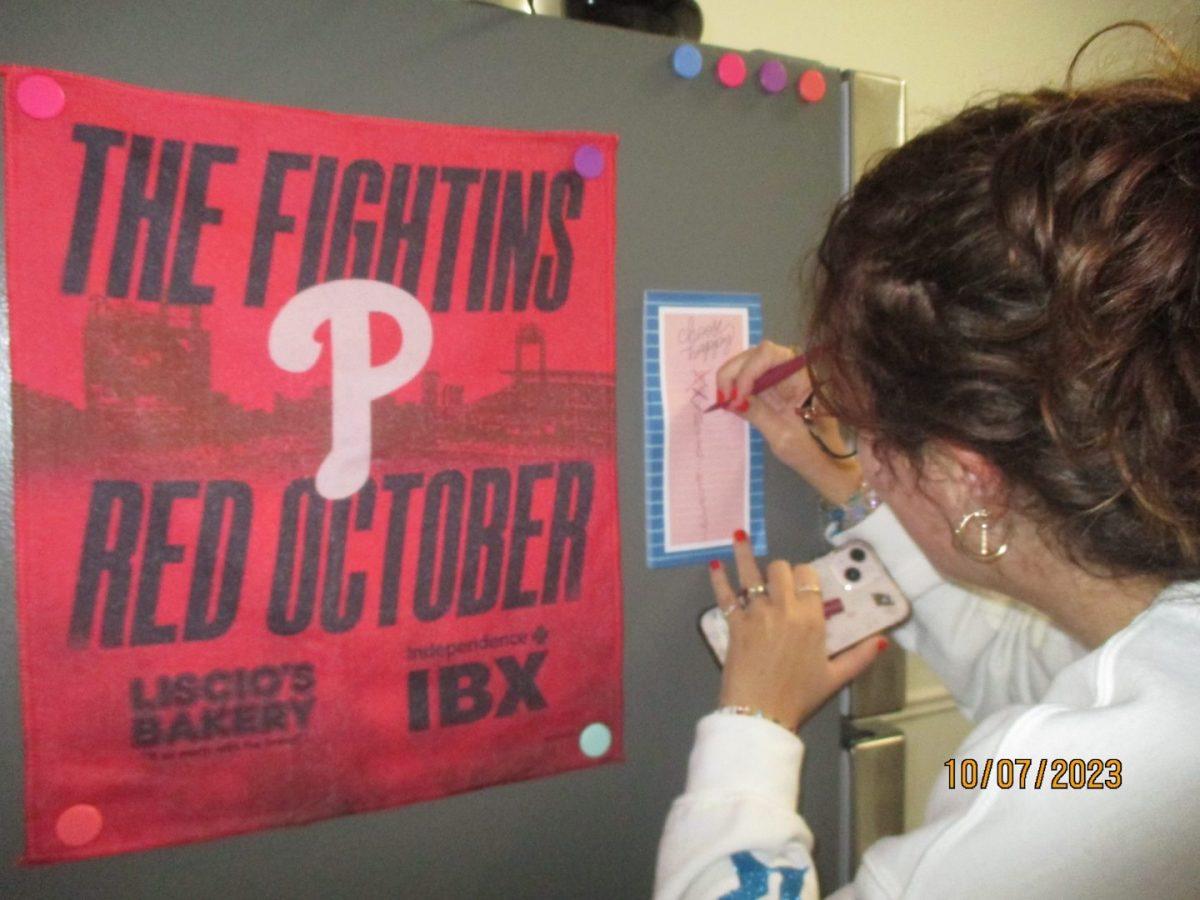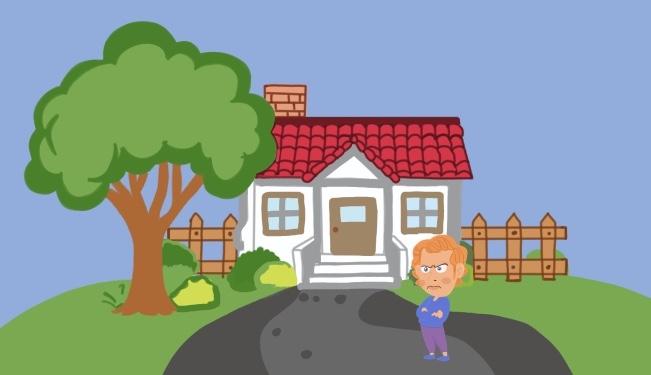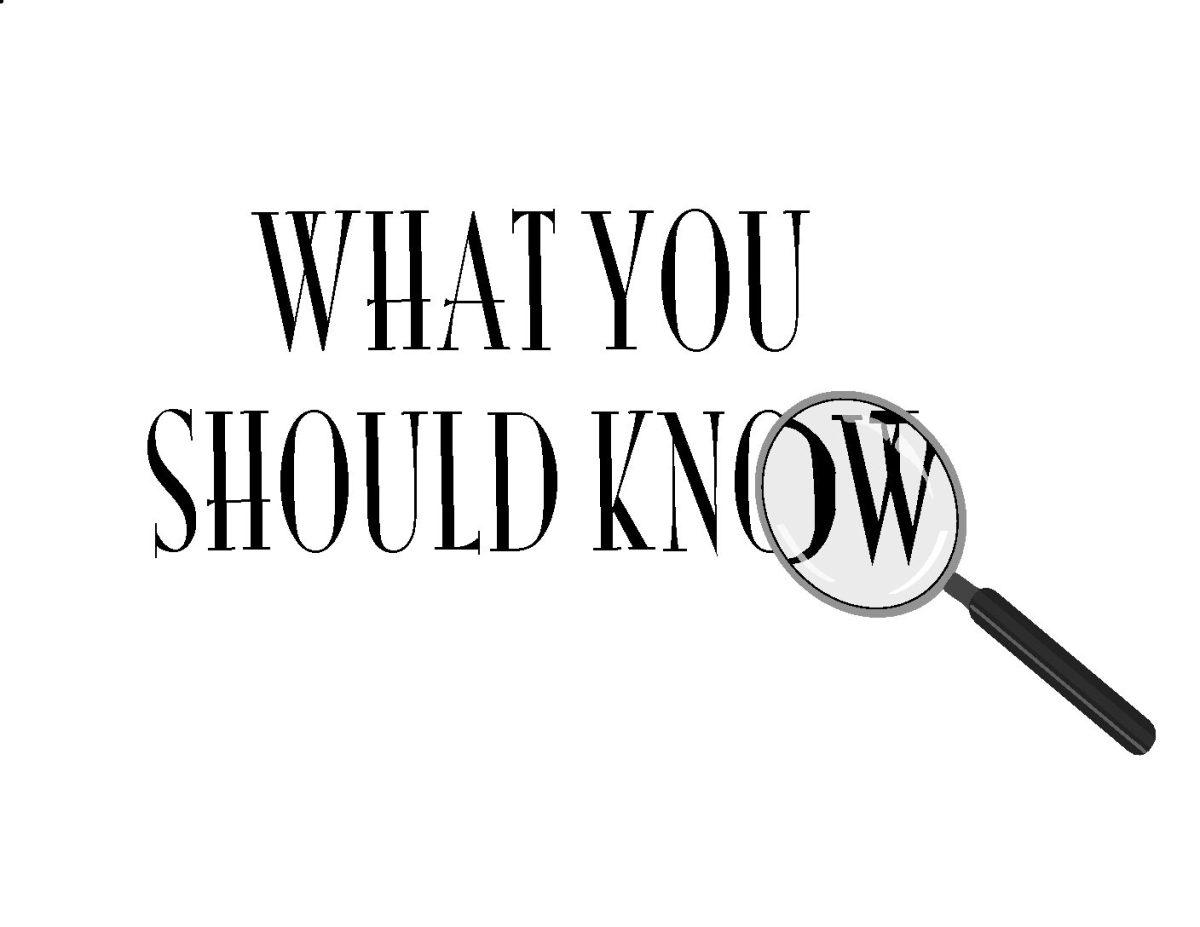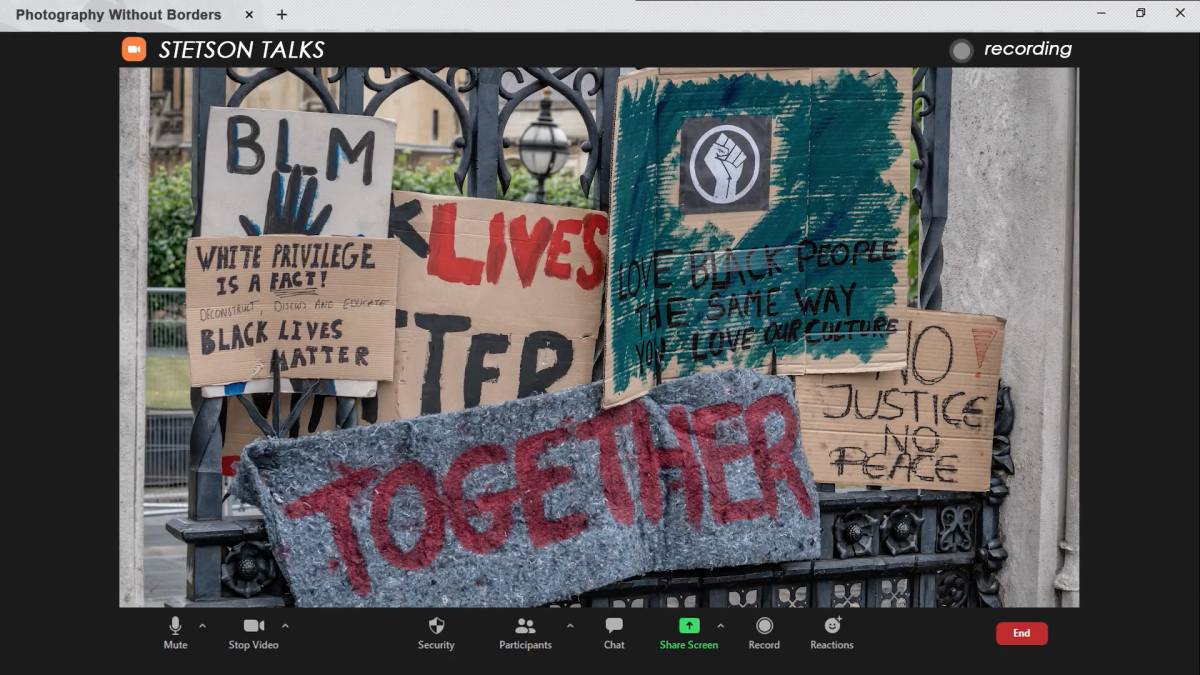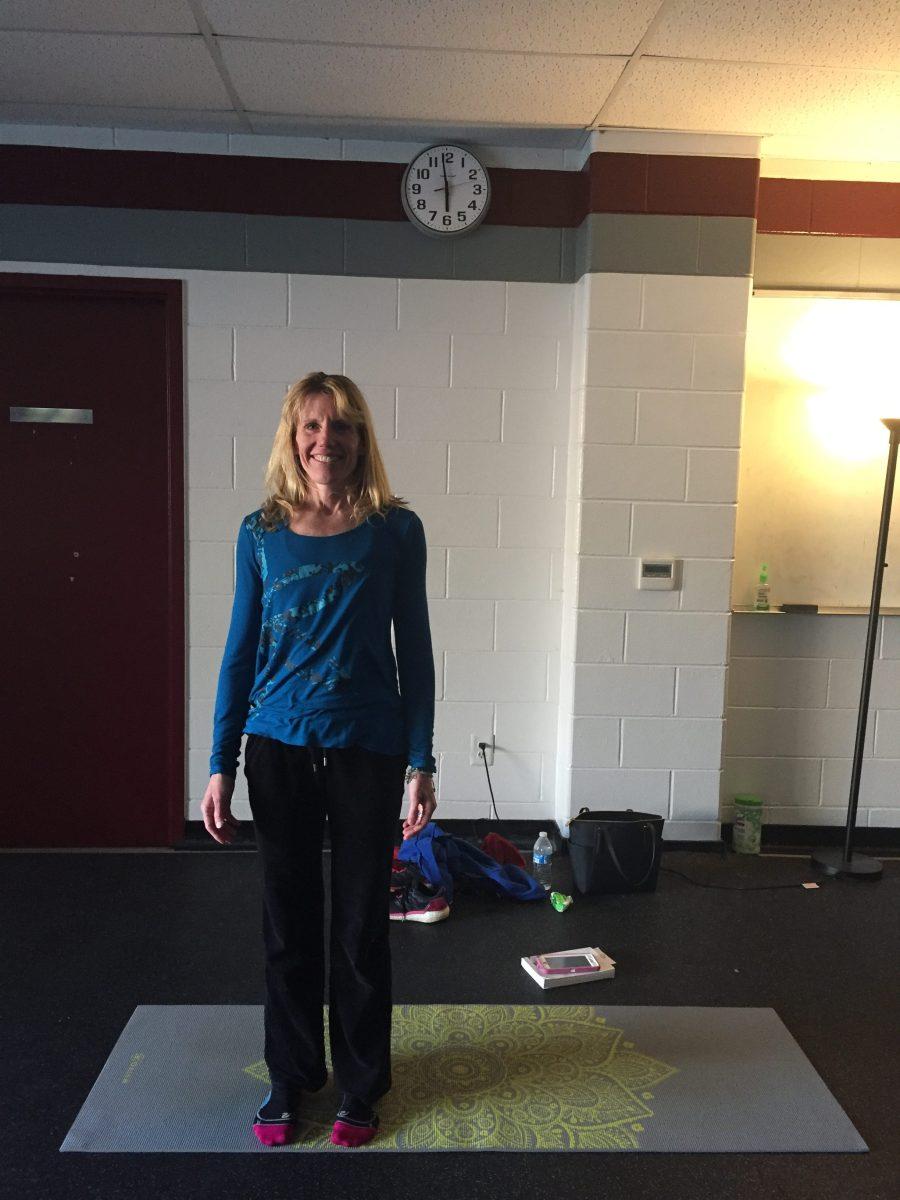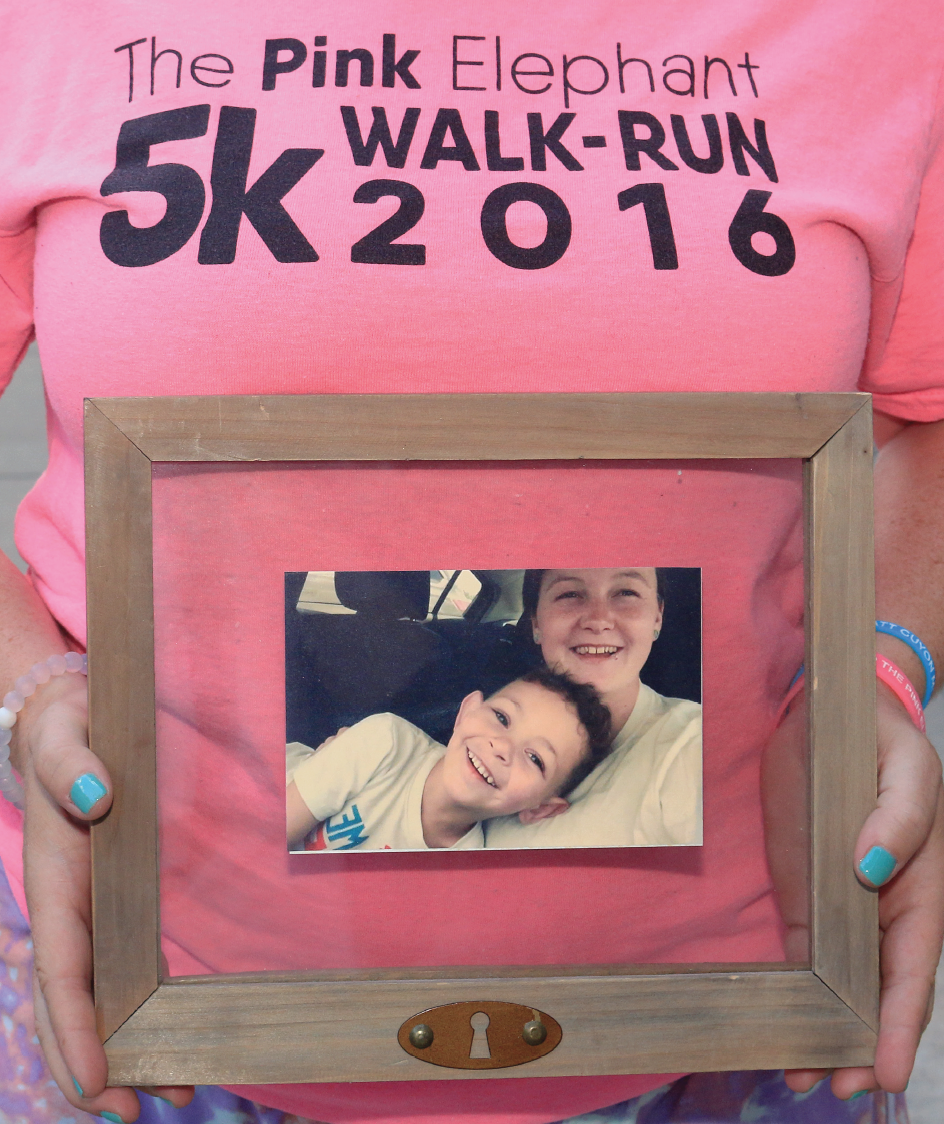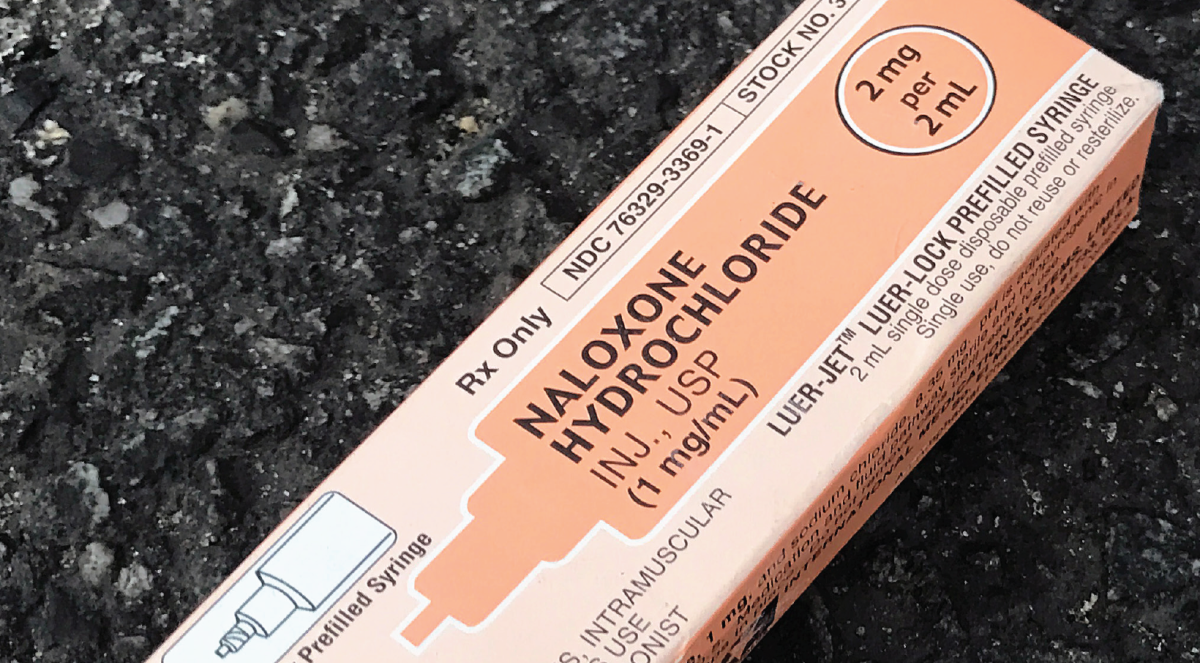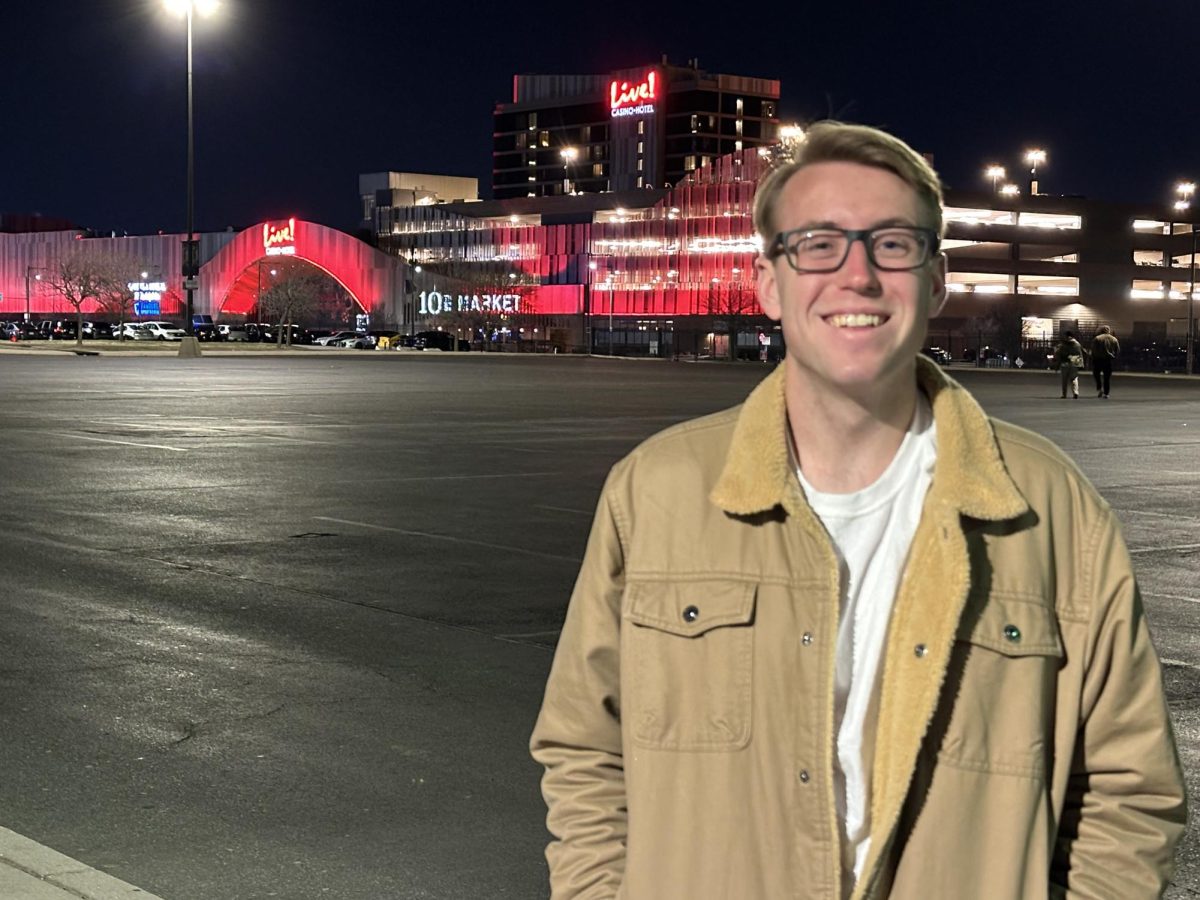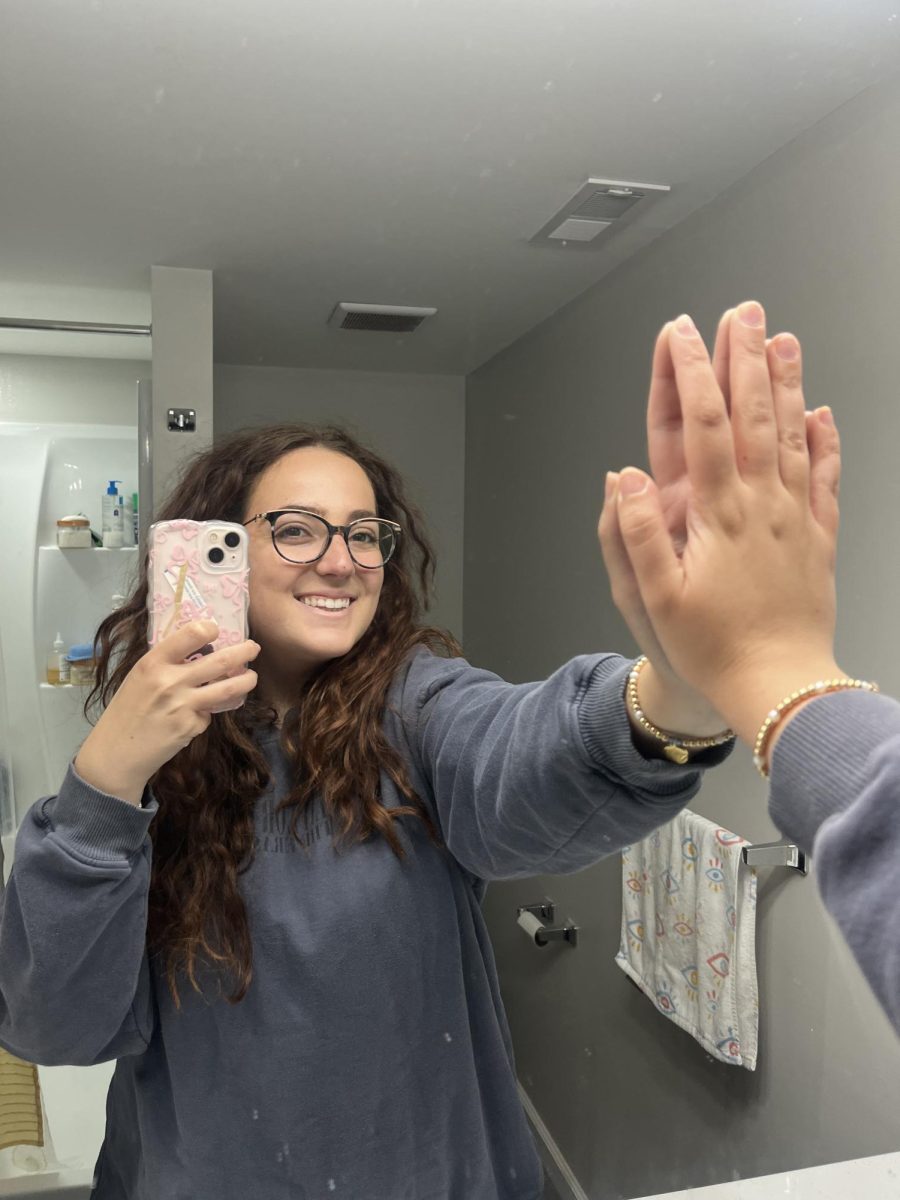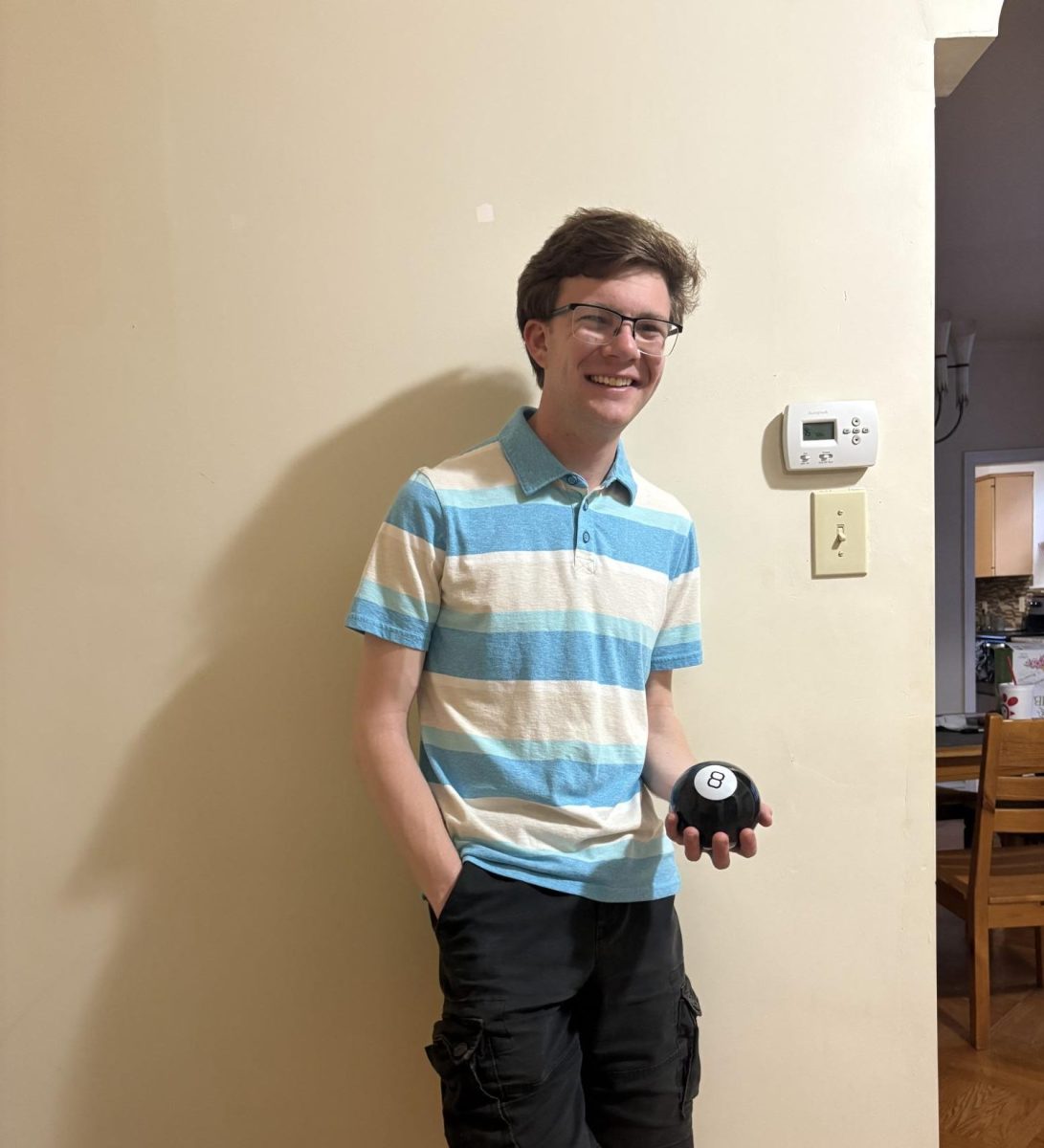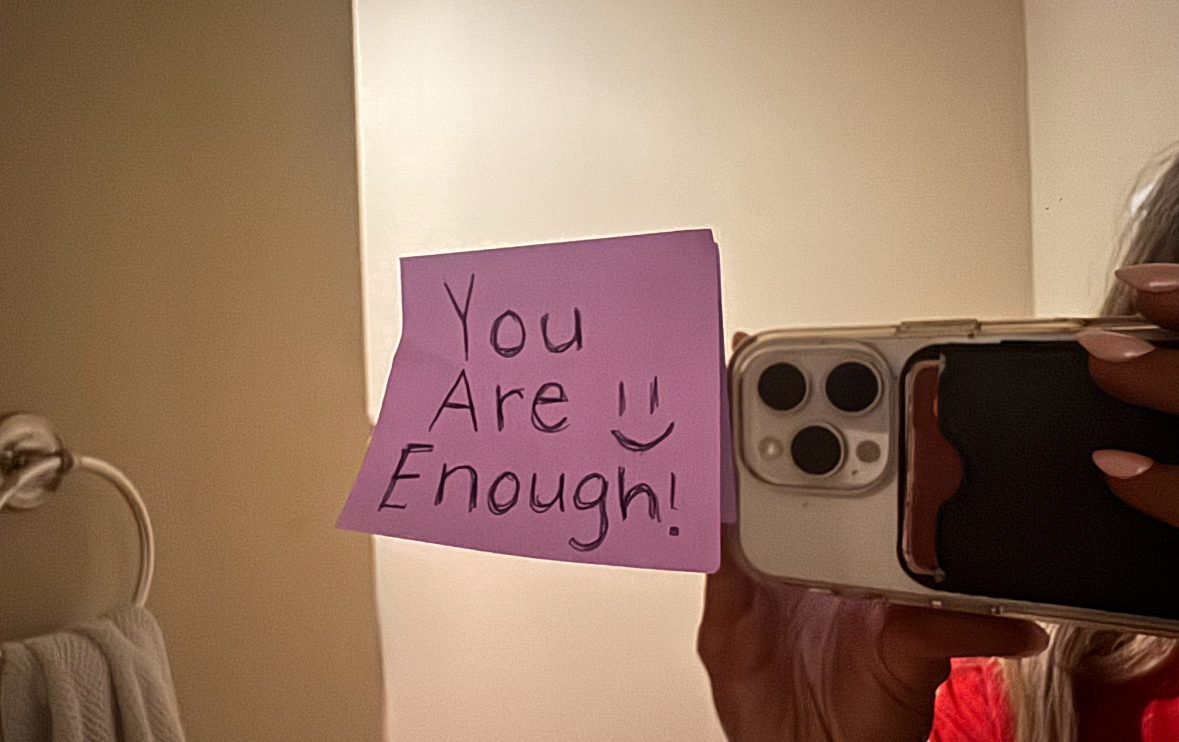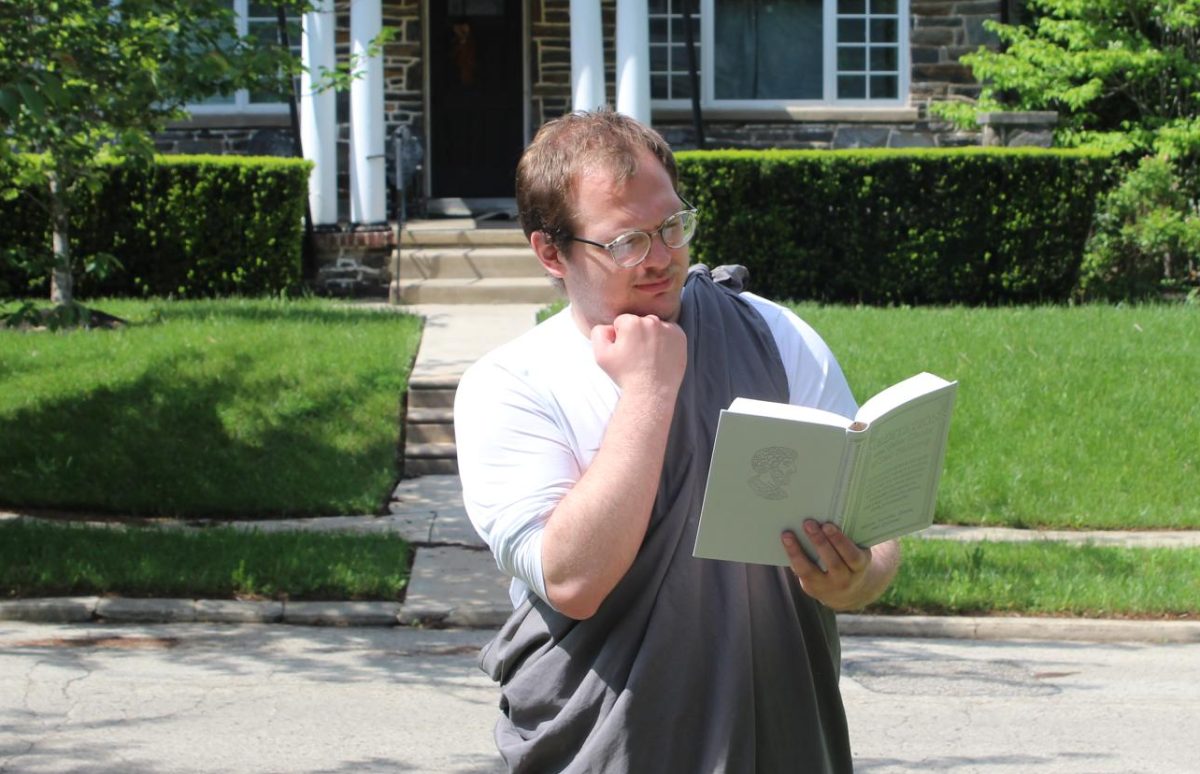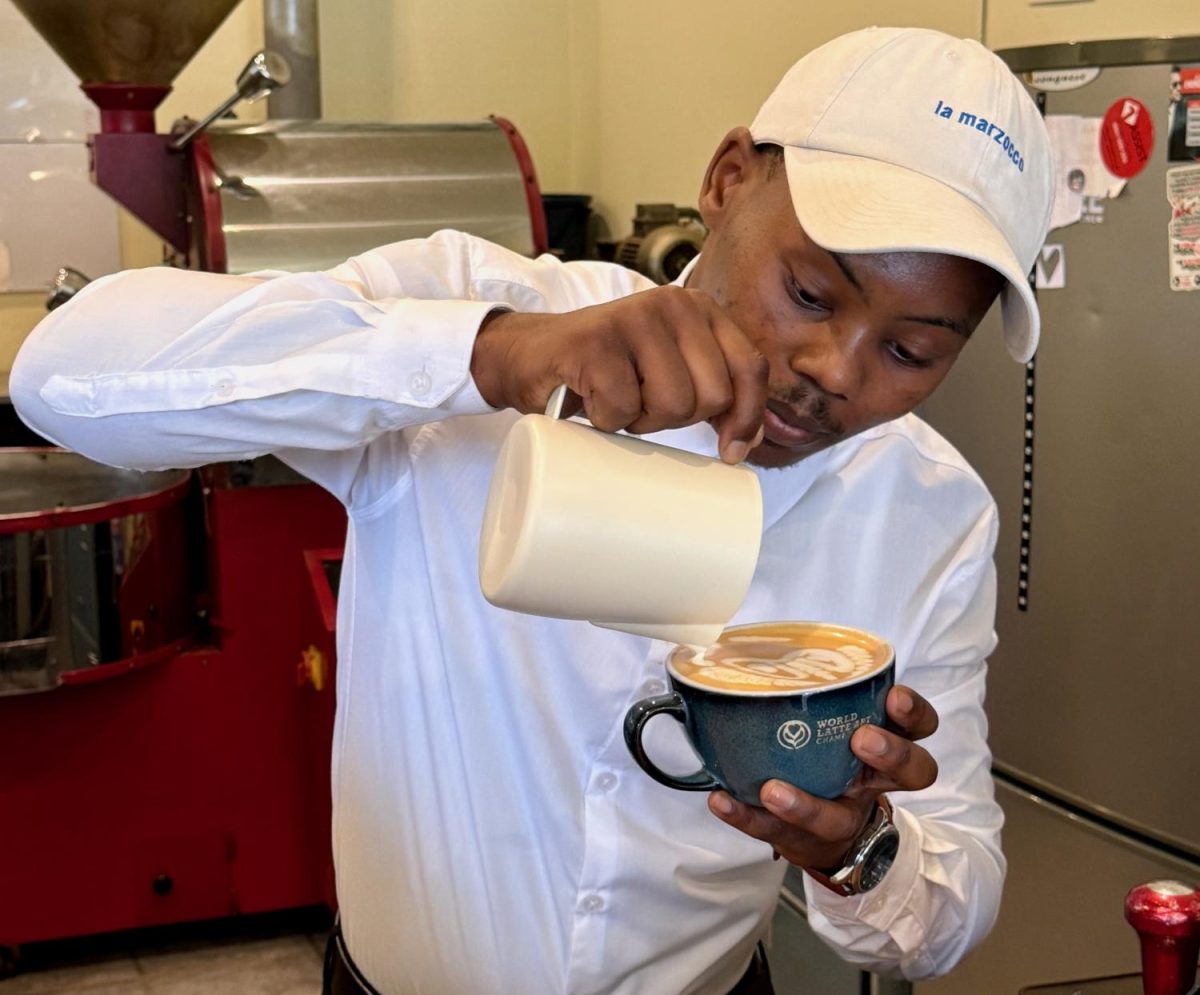DURBAN, South Africa – At the Durban Holocaust and Genocide Centre, visitors are invited to bear witness to the lives of victims of genocides that span continents and centuries.
The center, which opened in 2008, is one of three Holocaust and genocide centers in South Africa, in addition to ones in Cape Town and Johannesburg. The three centers are part of the South African Holocaust and Genocide Foundation, founded in 2007 to promote Holocaust education.
While their core focus is the Holocaust and the 1994 Rwandan genocide, the centers’ mission is broader: to educate South African students and visitors about the warning signs of genocide and the historical forces that make mass violence possible.
For Peter Houston, an Anglican priest who also serves as archivist and education facilitator at the Durban center, one of the first tasks is to understand how genocide is defined.
The word, as one of the Durban center’s opening exhibits explains, is a combination of the Greek word “genos,” meaning “race, tribe,” and the Latin word “cide,” meaning “killing.” Until the Holocaust, the word did not exist. It was coined in 1944 by Raphael Lemkin, a Polish Jewish lawyer, to describe the intent to destroy “a national, ethnic, religious or racial group.”
Genocide was first recognized as a crime under international law in 1946 by the U.N. General Assembly and became a legal definition with the passage of the Convention on the Prevention and Punishment of the Crime of Genocide in 1948.
“What’s very deliberate is to take us on the story of what the concept and word of genocide is,” Houston said, pointing to placards along the center’s gray walls. “Can we frame it with this idea that genocide is not limited to one people, one place [and] can happen anywhere?”
In recent years, while the word “genocide” is more widely recognized, it is not always understood, said Catherine Boyd, head of education at the Johannesburg center.
“There’s this desire to get something defined as genocide because then it’ll get the attention it deserves … all these international crimes are catastrophic and heinous and are worthy of attention and effort,” Boyd said.
In December 2023, South Africa filed a case at the International Court of Justice accusing Israel of committing genocide in Gaza. In January 2024, the ICJ issued a provisional ruling ordering Israel to take all measures within its power to prevent genocide and enable humanitarian relief and basic services in Gaza. Israel has denied the genocide allegations, but a growing number of international legal scholars and human rights experts have concluded that Israel’s actions meet the criteria for genocide under international law.
Houston said while the Durban center engages with contemporary issues — some students have questions about what is currently happening in Gaza — its permanent exhibitions don’t include ongoing international events.
“The problem with contemporary issues [is] they’re not history yet … but in time, we’ll have a distance to do the critical history,” Houston said.

The Durban center’s exhibitions trace the ideological, political and legal roots of genocide, including race science (also called scientific racism), propaganda and dehumanizing language.
“There’s power in language,” Houston said. “How do we speak about other groups [and acknowledge] that not every prejudice ends in genocide, but all genocide is rooted in some prejudice?”
The exhibition at the Durban center makes that point. Following a discussion of genocide, the exhibit shifts to apartheid in South Africa, showing the connections between the dehumanizing rhetoric used during apartheid and by other perpetrators of mass violence.
At South Africa’s Holocaust centers, genocide education is structured to follow South Africa’s national curriculum, particularly for grades nine and 11, when students study the Holocaust, eugenics and apartheid, Houston explained.
To deepen the relevance for students, educators at the centers adopt what Boyd describes as a “multi-directional” approach, drawing connections between international case studies and South Africa’s own history of systemic racism and state violence.
“It’s important that the relevance of this history is foregrounded for learners,” Boyd said. “Why are we learning about something that happened 80 years ago? Why are we learning about something that happened in Europe when South Africa has its own history of racial discrimination and violence?”
That means emphasizing the patterns that precede genocide: language that isolates, laws that divide, and indifference that enables violence.
Immigration laws passed in South Africa during the 1930s — first to block Eastern European Jews, then German Jews — feature prominently in Durban’s galleries.
“We essentially throttle[d] any ability for immigration to South Africa,” Houston said, pointing out that South Africa, like many countries, made it difficult for large numbers of Jewish refugees fleeing persecution from the Nazis to find safety.
South Africa’s Jewish community remains small. Of South Africa’s population of 63.2 million people, there are just under 50,000 Jews, according to the Institute for Jewish Policy Research, the majority of which are concentrated in Johannesburg.
“Most of what you see is linked to Durban Jewish stories,” Houston said of the artifacts and personal histories throughout the Durban center. “If you go to Cape Town, it will be different. If you go to Johannesburg, it will be different.”
Storytelling remains the central tool in education efforts, which are tailored to a wide range of students, from children to university students to adult visitors, Boyd said.
“Any age group connects to human stories because it’s about finding that human connection between someone from a vastly different background … whether it’s around loss or fear or loneliness,” Boyd said.
For younger students, educators are aware of the emotional weight the material carries.
“I always get emotional when really young children come,” said Mispa Roux, who has a doctorate in law from the University of Johannesburg and serves as an education and research specialist at the Johannesburg center. “We’re going to shatter their concept of the world as a good place.”
Amid stories of atrocity, the center is careful to include examples of resistance and rescue, Boyd said.
“We always make sure we bring in stories of rescue and upstanders and courageous stories,” Boyd said. “We’re not sugarcoating it or diminishing it in any way but to understand that it also brought out the best in people — unfortunately not enough — but in those that were extremely, unbelievably brave and selfless to rescue.”
At the end of each school program, students are asked to reflect and make a personal commitment. In Durban, they place a small stone in the center’s Garden of Remembrance. In Johannesburg, students receive a piece of paper with a butterfly on it.
It’s about asking: “‘What can I do that’s going to create a society that’s more open or more diverse or pluralistic or kinder?’” Boyd said.
Responses range from telling family members what they’ve learned to resolving to include a classmate who always sits alone.
Boyd said they hope the lessons offered at the center can plant the seeds of long-term awareness.
“Who knows at what point in their life they might look back on something that they’ve learned with us, and it might change their perception or motivate them to behave in a certain way,” Boyd said.
At the end of the final exhibit in the Durban center, Houston paused to point to one last wall display before the exit.
The display contains a quote by Lieutenant-General Roméo Dallaire, commander of the UN Assistance Mission for Rwanda: “Ordinary rescuers and heroes are needed more than ever to maintain the hope that one day, we will do better, that we will, one day, make ‘never again’ mean never again for all of humanity.”
Houston tapped his fingers on the words “never again” before leading visitors outside.

